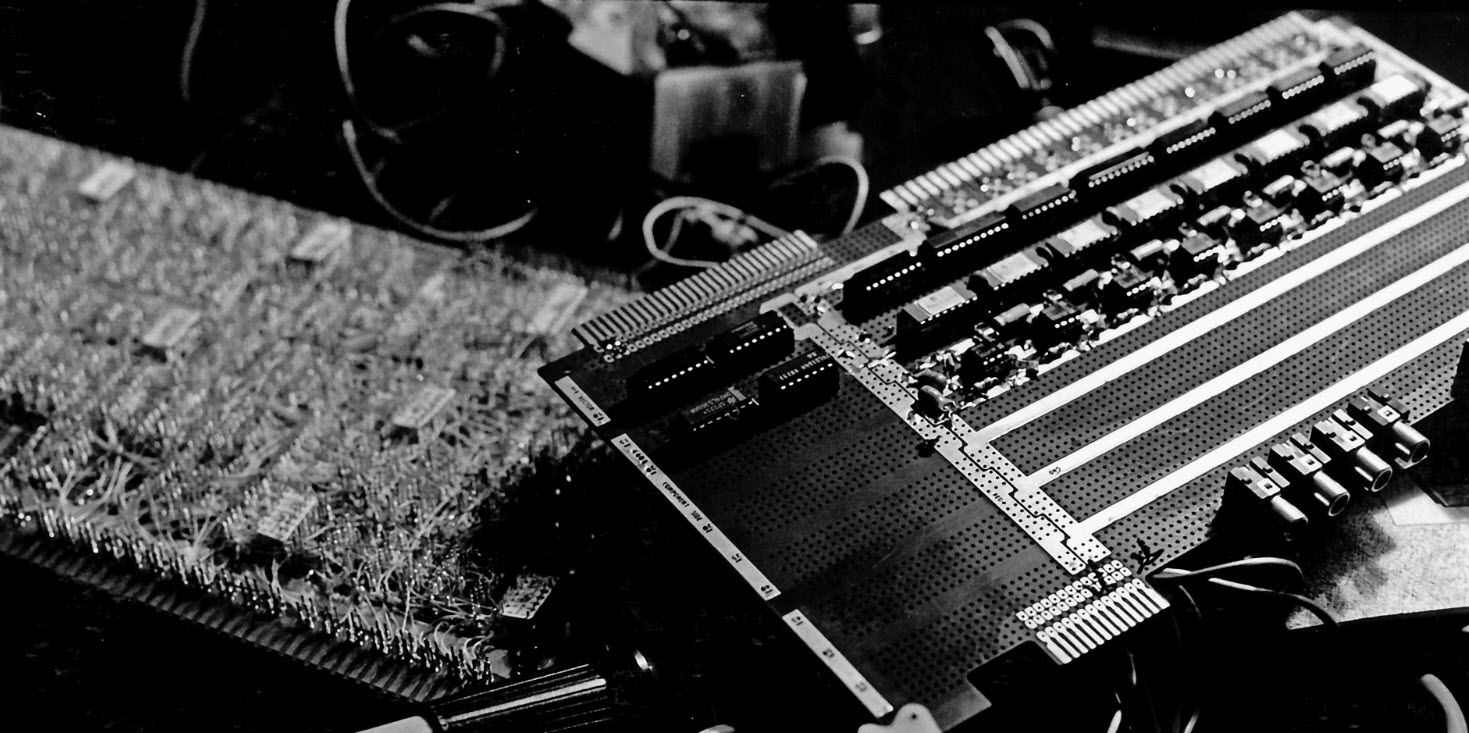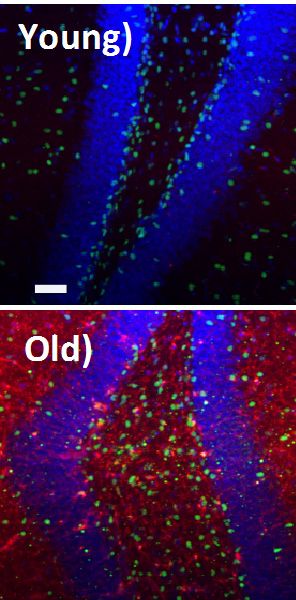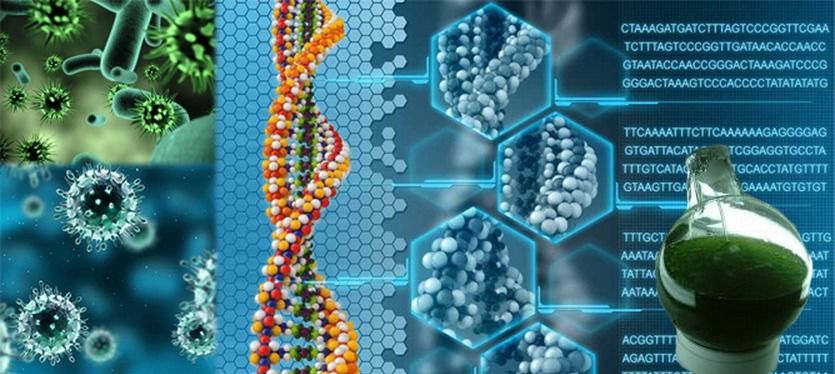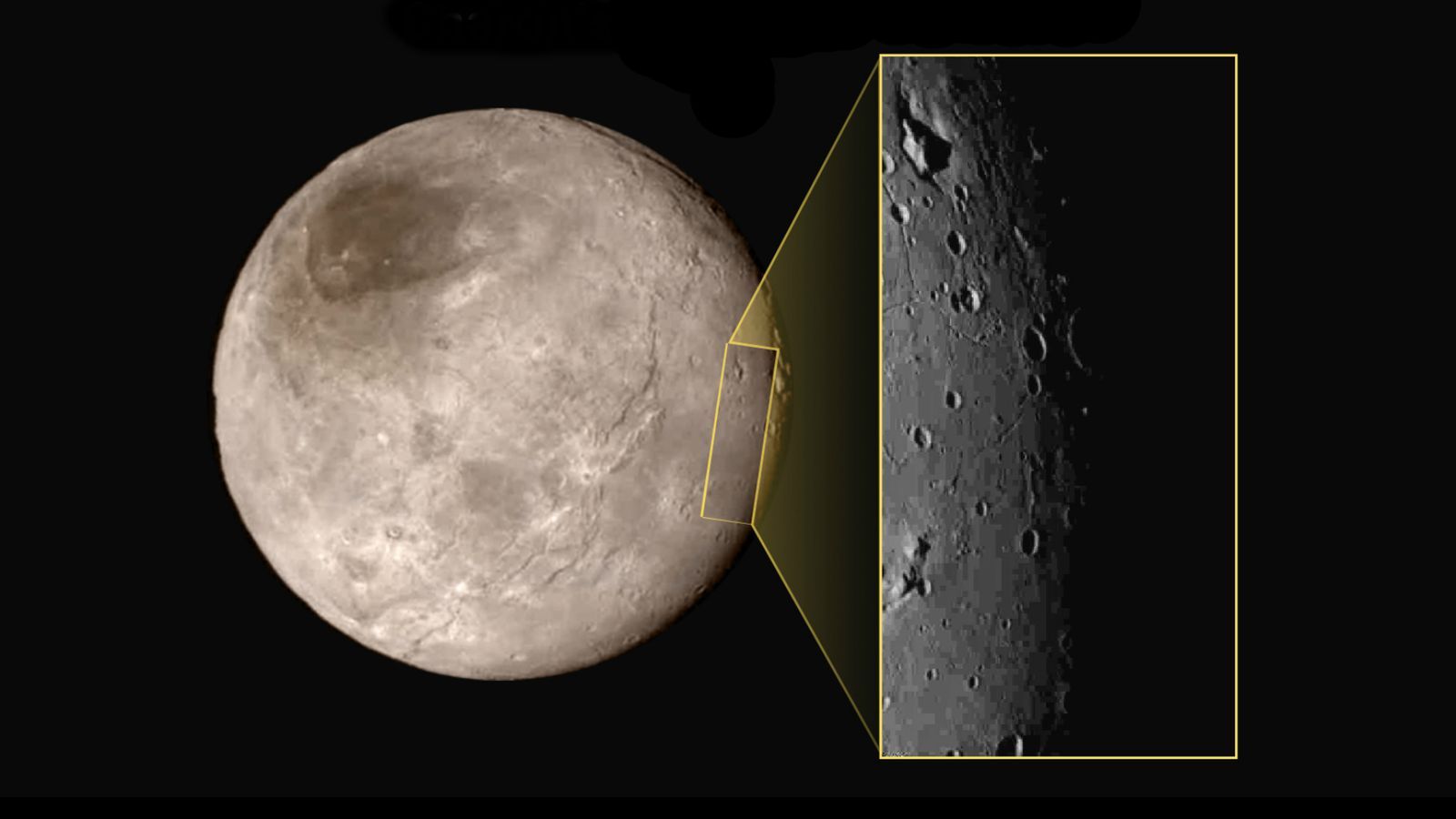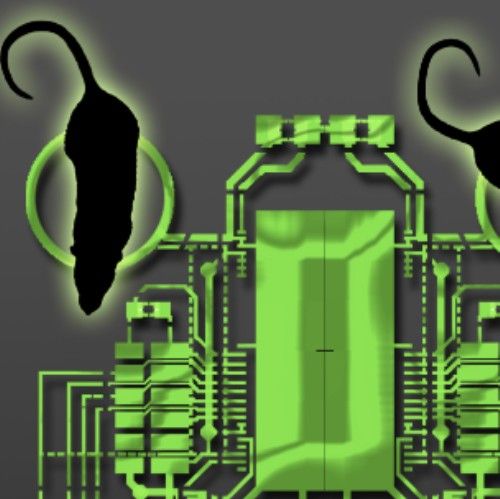
An interesting paper about Urchins and how some species effectively do not age (like some lobsters) by expressing telomerase.
Note the researcher makes the classic mistake about telomere biology not understanding the correlation between a short lived species which has longer telomeres and one that has negligible senescence and considerably shorter telomeres. The same applies to mice and men, mice have much longer telomeres than us but live about 3 years max.
The frequently made misconception about telomeres is that telomere length defines or causes aging, it does not. An organism’s telomere length has little to do with how long it lives or how fast it ages. People often point out, some animals, such as mice, have long telomeres and a short lifespan, while other animals, such as humans, have much shorter telomeres but longer lifespan.
To clarify, Telomere theory doesn’t suggest that telomere length controls aging, in fact telomere length is irrelevant to aging. It is the change in telomere length that controls cell aging. The key isn’t how long your telomeres are at birth, but how much your telomeres have shortened relative to that starting length. It’s this shortening that changes gene expression.
Changes in telomere lengths from birth to old age in mice and other animals show clearly that telomere shortening – or rather, the way in which shortening telomeres cause changes in gene expression – is a primary driver of aging of the cell and therefore the organism.

